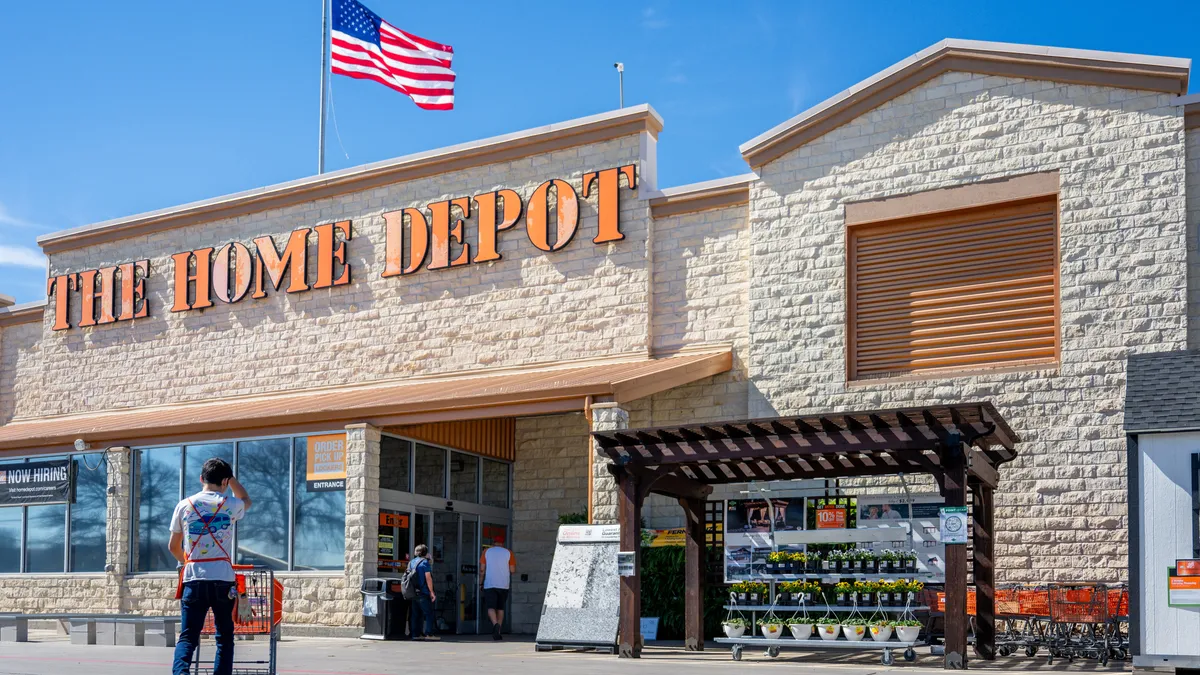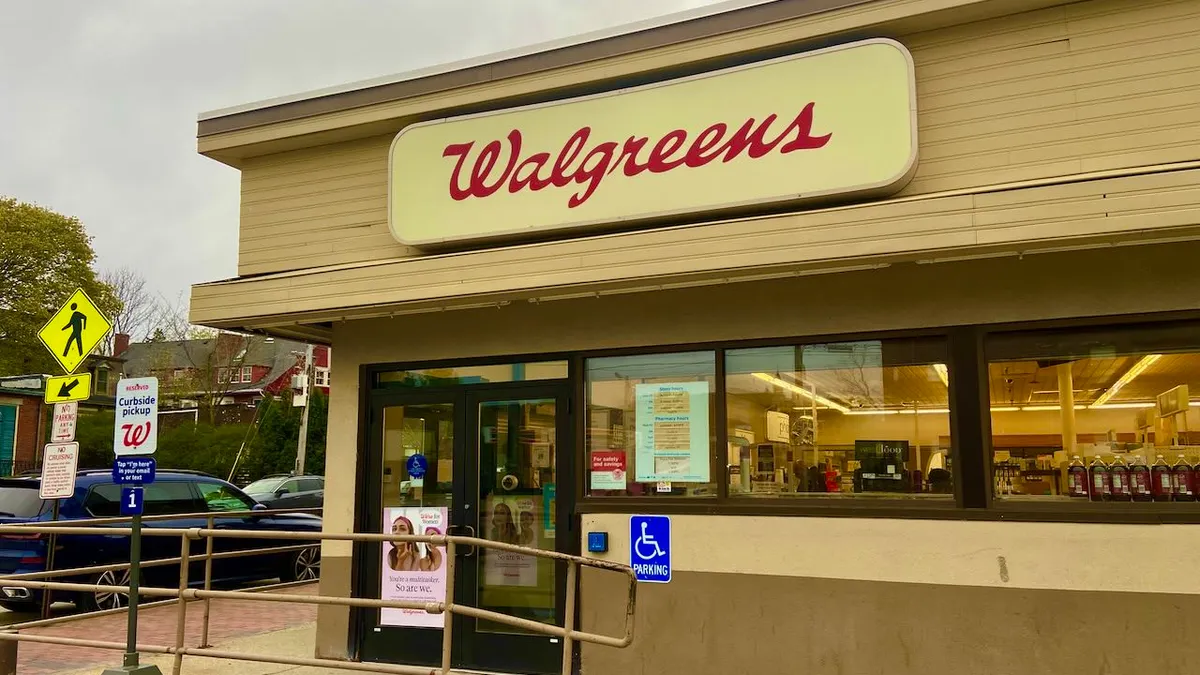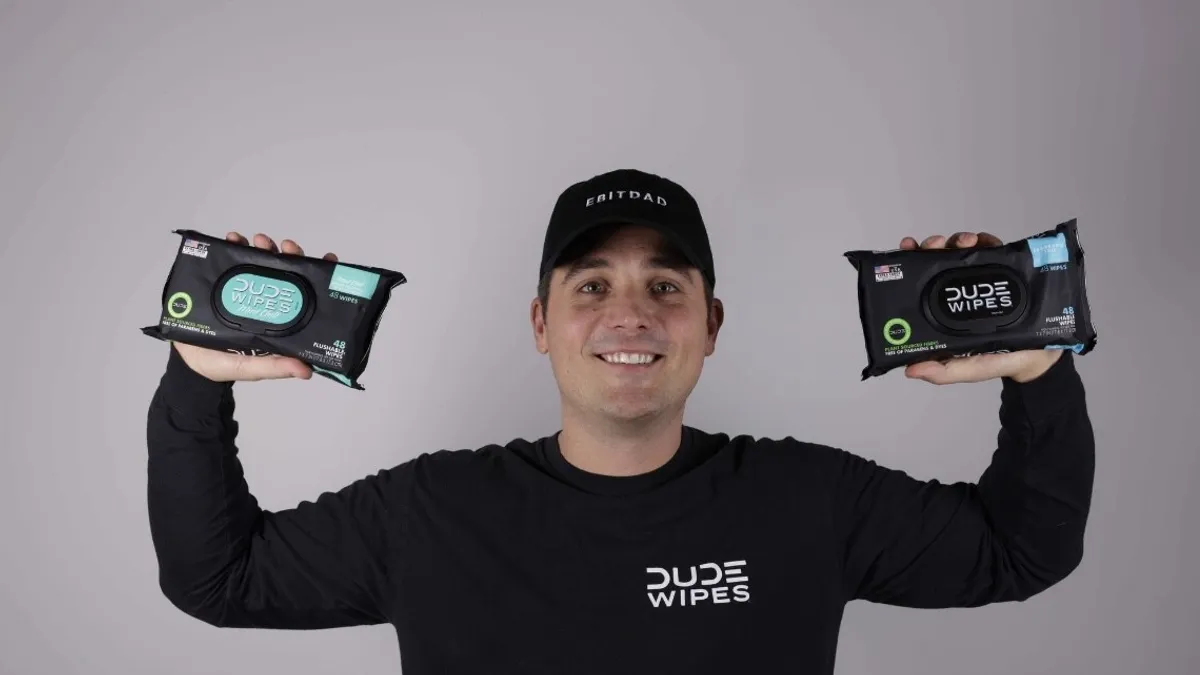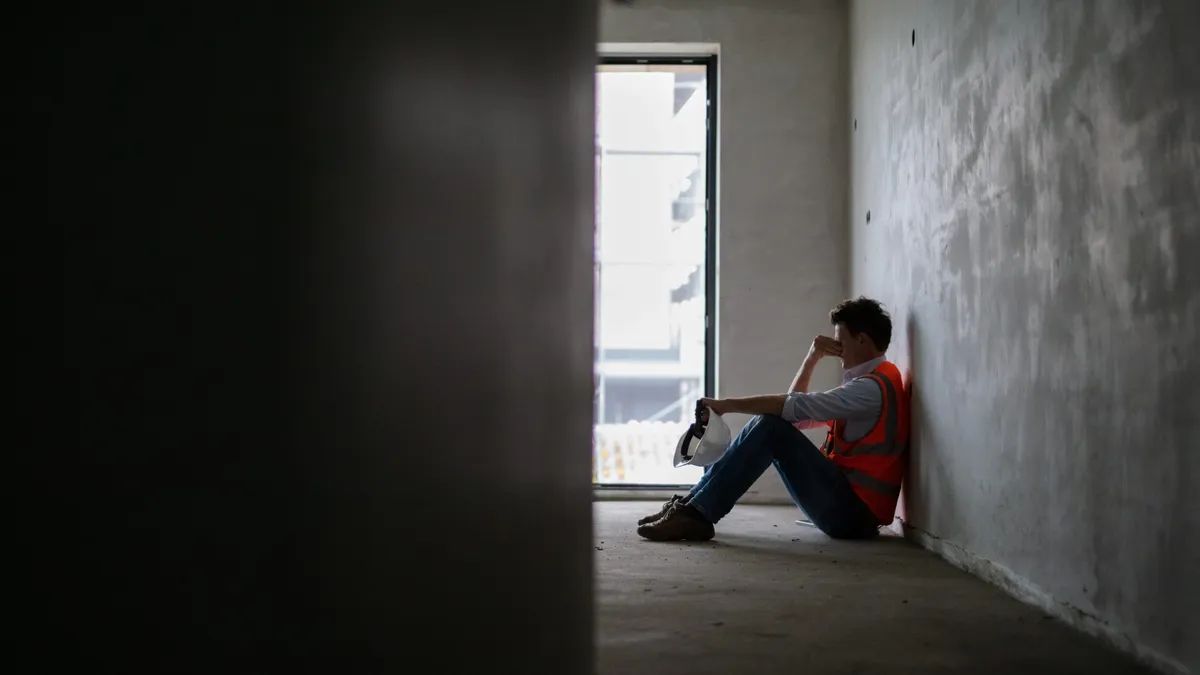Ulta is the poster child of beauty. So when analysts say things aren't going its way, you pay attention.
By the beginning of 2014, Ulta Beauty (which was then known as Ulta Salon, Cosmetics & Fragrance) made $2.67 billion in net sales and had 675 total stores. Back then, CEO Mary Dillon was fresh on the job, having just joined the team that July.
Fast forward and this year the retailer has grown to $6.72 billion in annual sales and 1,174 total stores, far more than doubling the first metric and nearly doubling the second while Dillon has been on board.
However, the retailer's most recent earnings report contained an unusual event: lowered guidance. The reason behind it was the same reason that caused Piper Jaffray to downgrade the stock of both Ulta and Estée Lauder to neutral — a weak cosmetics market.
Piper Jaffray analysts wrote that the reasoning for Ulta's downgrade was primarily due to weakness in the masstige segment following several quarters of double-digit growth. Additionally, there were signs of weakness in the prestige segment. "While the company has done an excellent job of bucking the general market trend through securing digitally native brands — we are concerned that the business trajectory has turned on a dime."
According to Ulta's most recent annual filing with the SEC, the cosmetics category makes up 51% of its net sales, followed by skincare, bath and fragrance (21%), haircare products and styling tools (19%), salon services (4%), and other (5%), which includes nail products and accessories.
Erinn Murphy, managing director and senior research analyst at Piper Jaffray, said she expects the category to be "fairly promotional" during the holidays, including not just at beauty specialty stores, but also mass merchants like Target and department stores.
So exactly how bad is it for major beauty brands that cosmetics has gone weak? And what does it say about the consumer?
The end of makeup hyperspend
Makeup used to be a right of passage for teenagers. A moment of pride, perhaps, when they acquired their first real lipstick, eyeshadow, eyeliner, what have you — and a moment of panic for parents considering what the right moment was, and how young was too young.
That interest also meant a constant stream of customers for beauty retailers, as a new class of shoppers was continuously preparing to enter the makeup realm. While there's no denying beauty's popularity, we are exiting a period of "hyperspend" in the cosmetic space, which was driven by beauty crazes like contouring and palettes, according to Murphy.
"I think part of it is the result of coming off a super spending cycle, and so you're taking a bit of a breather," Murphy said of the recent drop-off in cosmetics. "I think part of it is the fact that we're pivoting into more of a skincare-centric market: You've seen a really significant shift in behavior towards skincare and that's been kind of the big trend, if you will, and I think you're also starting to see consumers use skincare a lot younger than they have in the past."
As skincare rises, makeup — and interest in wearing it — is falling. According to The NPD Group, prestige makeup as a category in the third quarter was down 7% over Q3 2018. Skincare, on the other hand, rose by 7%. Despite the decrease, makeup remains the area of largest spend in prestige beauty, coming in at $1.7 billion, but skincare is close behind, notching $1.4 billion in sales in Q3 2019. Hair and fragrance are significantly smaller in size, but both also saw growth in the quarter, by 17% and 3% respectively.
In the report, emailed to Retail Dive, NPD Group called out that while tinted moisturizer and lip gloss saw increased sales in the quarter, that was paired with decreases in lipstick, concealer, primer, makeup remover and applicators, among other products.
"Makeup continued its decline in Q3 and the category will likely end the year with negative performance, even as we anticipate a stronger Q4 versus last year," Larissa Jensen, beauty industry analyst at The NPD Group, said in a statement. "Skincare dollar growth is the strongest of the beauty categories, and yet growth has begun to soften from the double digit success it experienced in 2018. This is something we'll be watching in anticipation of the next pendulum swing between makeup and skincare."
"When consumers start to feel better they feel less need for coverage, and so less makeup is needed."

Patricia Hong
Partner in strategy and management consultant at A.T. Kearney's retail practice and head of its beauty and luxury division
For now, though, Ulta, Estée Lauder and other brands with a heavy mix of cosmetics in their assortment, may have to find a new way to appeal to consumers. Murphy notes that Estée Lauder is better positioned to weather shifting consumer interest, as the brand already hosts a large assortment of skincare products.
In Piper Jaffray's report downgrading Estée Lauder, the analysts pointed out that skincare is 44% of the brand's sales and more than two-thirds of its profitability, which could help fighting back against declines in makeup. Ulta, on the other hand, "can't pivot as quickly to skincare," according to Murphy.
"It's very hard to get that mix right-sized overnight," Murphy said, "and going back to the unit economics, it's not as productive as cosmetics is. So I think that Ulta probably has more challenges from this kind of slowdown in cosmetics."
Changing times, changing consumer
While it's not easy to predict shifts in consumer behavior, Murphy notes that beauty cycles tend to last three to four years. By her account, the hyperspending in cosmetics started around 2013 or 2014, and started moderating by about halfway through 2017. Meaning the beauty industry could already be two and a half years through this downcycle.
What may be telling are shifts in how young shoppers feel about makeup. Piper Jaffray's annual teen survey found significant drop-offs in teen interest around cosmetics. While beauty is one of the more popular categories for Gen Z shoppers, as it falls within their price range, cosmetics spending was down 21% year over year, the lowest in nine and a half years.
Murphy also noted that the number of teens who wear makeup every day has fallen from 53% about a year and a half ago to 38% in the most recent report.
"This slowdown is mainly because the younger consumer is wearing less makeup," Patricia Hong, a partner in strategy and management consultant at A.T. Kearney's retail practice and head of its beauty and luxury division, said in an email. She noted that all makeup brands focused on young consumers are seeing sales declines.
"The increased use of skincare is cannibalizing some makeup usage, and so it becomes a bit of a self-reinforcing cycle — when consumers start to feel better they feel less need for coverage, and so less makeup is needed. Manufacturers and retailers that are very reliant on makeup in the U.S. will experience that impact and will need to counterbalance by investing in brands, product innovation and assortments that target this shift in consumer behaviors and needs."
Some brands have claimed that 2020 will be the year innovation in cosmetics picks back up again, jump-starting interest in the category, but Murphy isn't so sure. The behavioral shift, especially in young consumers gravitating to the VSCO girl trend, "gives me a little bit of pause that things snap back super quick," she said.
Skincare also has stronger innovation right now. Certain products are starting to accelerate, including serums and essential oils, which in turn introduces more products to a consumer's skincare routine and increases their basket size. In cosmetics, on the other hand, much of the recent innovation has been around inclusivity, which is good for plenty of reasons, but doesn't increase basket size in the same way.
"As a consumer, you and I are still going to walk through and just buy one foundation, we're not going to buy five foundations because they have more shades," Murphy said. "Innovation has happened within categories where at the end of the day, you're still just buying one item. It's not incremental innovation, where you're going in and saying, 'Oh, I need this setting powder to go with this and that.' Your basket size is just shrinking."






















